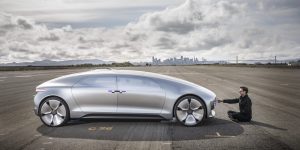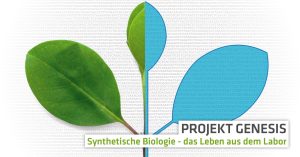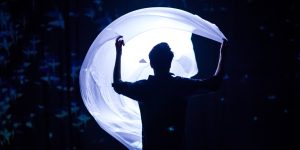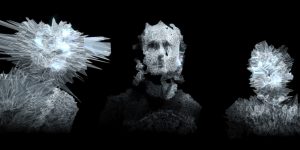
Projects
Projekte
-

Virtual Anatomy & Pathology at Deep Space
A look back at the history of medicine quickly reveals that the graphic depiction of the human body and its internal organs has a very long tradition. Beginning with sketches rendered by hand all the way to x-ray techniques and modern digital methods like computer tomography (CT) and magnetic resonance imaging (MRI), the representation of…
-

Tosca – Odeon
Rupert Huber and Richard Dorfmeister (aka TOSCA) premiered their new album Odeon at Linz’s Musiktheater together with vocalists Sarah Carlier, Robert Gallagher, Rodney Hunter and Jay Jay Jones as well as the Wiener K&K String Quartet.
-

Kommunikation mit selbstfahrenden Autos
Die führenden Automobilhersteller und Hightech-Produzenten sind sich einig, dass selbstfahrende Autos in absehbarer Zeit zum Alltag auf unseren Straßen gehören werden. Die Umsetzung der entsprechenden technischen und rechtlichen Rahmenbedingungen stellt jedoch – noch – eine große Herausforderung dar. Ebenso wichtig wird es sein, Vertrauen bei den zukünftigen Nutzer*innen dieser Technologien zu schaffen. Unverzichtbar dafür ist…
-

Project Genesis
Project Genesis started from Futurelab’s partnership within the Studiolab initiative, funded by the European Commision Seventh Framework Programme. Within Studiolab there were three main topics: Future of water, Future of Social Interaction, and Synthetic Biology. For several reasons Ars Electronica chose to focus on Synthetic Biology. Key factors such as a a S1 (security class…
-

Spaxels
Drone shows and swarm art performances
Im September 2012 wurde am Linzer Donauufer ein neues Medium geboren: Der weltweit erste groß angelegte Outdoor-Formationsdrohnenflug erleuchtete den Nachthimmel als Teil und Herzstück des Open-Air-Musikfestivals Klangwolke.
-

ZeitRaum
ZeitRaum (“TimeSpace”) is an interactive art installation the Ars Electronica Futurelab designed for the new terminal at Vienna International Airport. It creates real-time interpretations of arriving and departing flights.
-

Spaxels / Klangwolke – Quadrocopter
Ars Electronica Futurelab’s quadcopter swarm was one of the highlights of the 2012 voestalpine Klangwolke (Cloud of Sound) in Linz. More than 90,000 spectators lined both banks of the Danube to witness a then world record: a formation flight by no fewer than 49 quadcopters. Never before had such a large squadron of whirlybird drones…
-

Ars Electronica Center Fassadenterminal
Das Fassadenterminal wurde vom Ars Electronica Futurelab entwickelt und 2010 der Öffentlichkeit vorgestellt: Es ermöglichte die künstlerische Nutzung der Medienfassade des Ars Electronica Center, die mit 38.500 LEDs ausgestattet ist.



